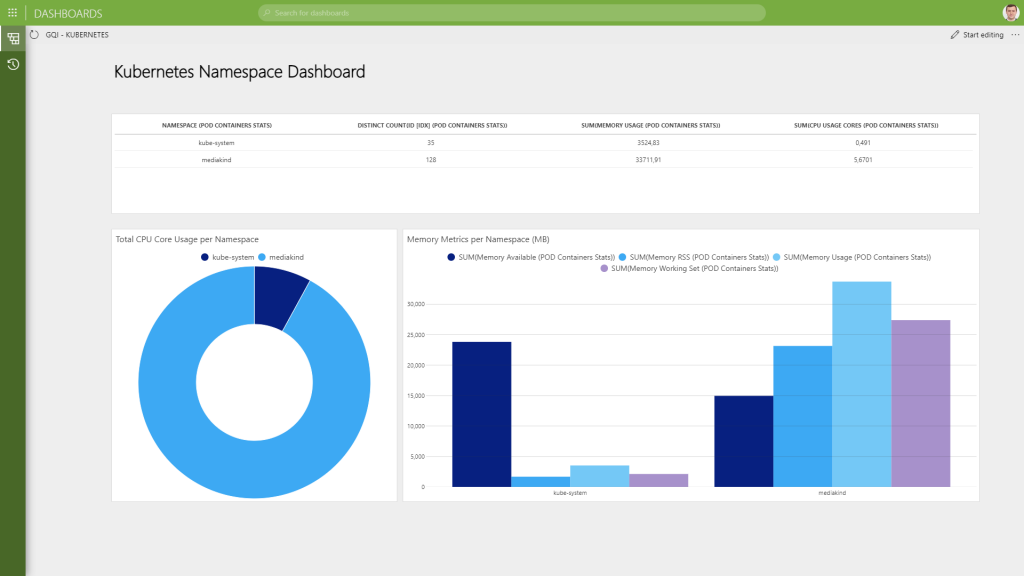Any modern media and broadband operation generates vast amounts of data. Doing analysis across the different data sources in your network can be a very time-consuming task. Going through the data engineering needed to extract the necessary data, ingesting that data into an analysis platform, before doing the actual analysis can be a lengthy process before you start generating actual insights. It can even render the outcome of an analysis obsolete before it is even completed. This is where the DataMiner Generic Query Interface comes to the rescue.

The DataMiner Generic Query Interface, or GQI for short, consists of a single query language and API which allow to query, filter and aggregate any of the vast amounts of data on your DataMiner data lake. There are a couple of aspects that make the GQI truly powerful and unique. Firstly, GQI is completely agnostic towards the underlying data it queries. It works with any of the data from your DataMiner system, no matter how that data is retrieved or stored. All your DataMiner data is queryable through the same interface and query constructs. The initial release of GQI, which is part of the DataMiner 10.0.13 feature release, supports querying of elements, parameters and services. In upcoming releases, we will be adding many more data sources such as views, alarms, bookings, tickets, etc. All these types of DataMiner objects can in their turn be retrieved from any product, vendor or technology because of DataMiner’s end-to-end, multi-vendor platform capabilities.
A second important aspect are the powerful data processing and analytical capabilities of the DataMiner GQI. All the different data sources can be combined and processed together, (cross-)filtered, aggregated and much more. It is also a conversational API, meaning that it helps the user in building up their query through a question-response style interaction where the API will already show the intermediate result of a query, presenting the user with the further possible options to continue their analysis.
Another big advantage is that DataMiner GQI works with real-time data, providing a real-time view on your entire operation. Each query result can update its rows and values as they change in DataMiner, without the need to wait for a periodic data processing batch to run while you’re doing your analysis.
Last but not least, it’s also an open API that can be used to query DataMiner data from any imaginable third-party applications. The API really provides the deepest insight to any consumer of the data – even the DataMiner Dashboards module itself uses GQI to retrieve data from DataMiner. There are already some dashboard components using GQI queries, including tables, bar charts, pie charts and node-edge visualization, and many more are to follow. These out-of-the box visualizations allow you to immediately start playing around with the GQI and experience its capabilities. To dive deeper into the technical details, you can check the release notes of the DataMiner 10.0.13 release here. Soon, we’ll also include GQI training into the existing Dashboard training course, so stay tuned!
Please, take it to the Main release, we´re missing this so much there.
Congrats on that friends!!
any link to documentation for the public API?
Hi Martin, we currently opt to keep this GQI API internal while it is maturing. It is our intention to make it public later on.
This seems a great feature – are there any videos/tutorial to get a head-start with GQI?
The open API is a great option to exchange data – security wise, can the data be encrypted if the 3rd party tool requires it?
Hi Alberto,
There is a recording of a workshop from our DataMiner Inspire event on how to get started with querying data through GQI: https://community.dataminer.services/video/query-any-data-using-gqi/.
Regarding the API, we are currently working on User-definable API’s as a way of exposing any of your DataMiner data securely to third-party data consumers, so keep an eye out for that!